|
November... It's one of our best months for gardening. Summer blooms revel in the milder weather, cool season flowers don't wilt, and the veggie garden can be a mix of warm and cool season crops. Since we have a small garden and, anyway, summer crops were mostly a bust, we cleared our raised beds for fall sowing. As I mentioned in my last post, everything is coming up.
It's likely that for much of the season, this gardener will mostly enjoy the garden from a distance. If it's crossed your mind that I might be trying to figure out how I can get out there and play, you either know me well, are a gardener yourself, or you're a keen observer of human nature. But even though I'd rather be out there in the middle of everything, it's still a thrill just to see our garden flourishing. And Joseph has agreed to take photos for me, so that we can all see what's going on. For now, we only have flower photos. I admit to feeling a bit anxious about as yet having no cool season annuals. I bought seeds, but I ran out of time to sow them before surgery. I suppose it's not too late to do so? And while I didn't want to buy flats this winter, we could always pick up a few. Our winter garden would be so sad without some pansies, violas, and alyssum, at least! What cool season annuals do you love best? I'll post more photos soon. I'm very happy with the raised vegetable garden so far and want to show off all the sprouts! :) Wishing you and yours a fresh and beautiful week ahead!
0 Comments
Sprouts are everywhere! ALL the seeds seem to have sprouted! I'm not sure if it's the timing, the little extra love and water, or what -- but there are a lot of cool season veggie sprouts in every bed we sowed.
Lettuces, arugula, cabbage, kale, chard, carrots, parsnips, and more... And after tomorrow, I will hardly be able to venture out into the garden -- for months! Unavoidable foot surgery is going to tie me down. With that in mind, even with limited mobility and a lot going on this past weekend, I was determined to give my garden a little attention. Joseph helped. We thinned, moved, and gawked at the seedlings. I hope everything will continue to thrive. Given the great start, I don't foresee any problems. My hubby has inherited his father's green thumb even if he doesn't precisely share the passion for it, and he knows it matters to me. Anyway, who wouldn't want fresh veggies growing right outside their door if possible? It rained all night and still is, so I guess my active gardening is done for now. But I'll observe and make notes, dream and plan, and get out there whenever I can. Happy Fall!
Clearly, my little garden does not provide us with substantial food year-round. Also, my husband and I live in the burbs, not the countryside. But I hold what I know is a romantic view of rural living and I respect those who work so hard to feed the masses. I love the following prayer. I don't think we have to be farmers to appreciate it. Wishing you a wonderful, bountiful season ahead! ... from Rural Life Prayer Book Good and generous Lord, You have once more brought the year full circle, through planting and growing and ripening to harvest time, and autumn. We thank You for the sun and the wind, the rain and the dew, the minerals of the earth and all the plants that grow and all the beasts and birds of farm and field. We marvel at your wonderful ways of bringing food from the earth for our good. Dear God, help us to use Your rich gifts as You want us to. Teach us to share them with our neighbors when they are in need. Make us see, in the marvelous succession of seasons, and in the growth and ripening of our crops, the merciful, generous hand of Your divine providence. Help us to realize, too, that if we keep Your commandments and live according to the inspirations of Your grace, we shall also reap a plentiful harvest in the autumn of our lifetimes; a harvest that we will be able to enjoy forever and ever, where no rust can destroy nor blight any least part of it. Amen. September! Yesss! My favorite gardening time is nigh upon us! We are racing towards fall despite the extreme heat and humidity! This morning, I spent a wonderful time in the garden. I weeded, pruned, fertilized, and watered. I was hot, sweaty, muddy, and wet by the time I stopped, but I loved it. I felt like a real gardener again. I’m going to try to do a little every day.
I’ve had an epiphany. I’ve been at war with our sprinkler system since its installation ten years ago; we had it installed when we first moved in. It’s never been enough. No matter how many tweaks, additions, changes, improvements – call them what you will – and no matter how much money we have poured into it -- a ridiculous amount, I might add -- one area or another goes without water. Plants die, seeds fail to sprout, edibles wither on the stems when we’re not looking. Do you see where I’m going with this? Gardeners should always be looking. Why have a garden if you’re not going to spend time in it? For a gardener, it’s a joy to be out there. So – crazy thought -- why not water the raised beds myself? Imagine that! I don’t think it’s unreasonable of me to expect our sprinkler system to work. But it is unreasonable, not to mention stubborn, to deny myself and my plants to spite… what? The sprinkler system? I did ask my hero if he might consider attacking the problem himself rather than hiring it out again. He agreed! But Joseph is busy…so busy. I will be watering with the hose until he has time. Once he’s solved the problem (which he will if it’s at all possible), I will continue to monitor and not be a baby about watering my plants myself, as gardeners and farmers have done since forever. Watering issues aside, I’ve ordered more seed packets! In case you missed that post, I’m currently obsessed! In all my years of gardening, I’ve sown plenty of vegetable seeds but very few flowers. This summer, irritated by the poor performance of bedding plants, I tossed some zinnia seeds around and they grew! I became a seed monster overnight! I plan on buying very few potted plants this coming season. It's just so fun. To plant a garden is to believe in tomorrow. I've always loved that quote from Audrey Hepburn.
Gardening is truly one of the most hopeful of activities. It's also one of the most fun! Hope and fun -- we need both, don't we? Generally speaking, seeds are simply tiny miracles of life. I believe that every gardener should have the experience of sowing them. That being said, I've always been hesitant about sowing flower seeds. I think it's partly due to my preference for direct sowing, straight into the earth, and my reluctance to nurse flats. At the same time, I feel our soil and climate are hard on little seeds, opposing my desire to sow directly into the ground. The few times I've tried haven't proven very successful. A couple months ago, aggravated by the weather and the poor performance of purchased bedding plants, I sowed some zinnia seeds both in the ground and in boxes. Victory! Unexpected victory! They all look very pretty. A monster has been created! Raised boxes are like giant flats and we have plenty. While I have certainly purchased tomato and pepper plants at the nursery, along with some herbs, I mostly direct seed my vegetable garden. While it's had its challenges, it's been successful enough. Moreover, I've found a good spot for a flat or two should I so desire. I'm so excited! In the next few days, I will direct sow more zinnias as well as some marigolds. In another month or so, I will start the cool season annuals in flats. I have an exciting variety and plan to mix them with the vegetables as well as in their own spaces. I'm especially eager to try to grow sunflower seeds. They cannot grow in our summers, but late fall should be cool enough for them. Yahoo! More soon! Happy gardening! I had to laugh at myself. There are so many things to do in our little garden right now, I hardly know which way to turn when I’m out there. Being out for the count of five months –FIVE MONTHS! – not only put me behind. It gave me a new perspective and appreciation for my garden. And I think I might call it “my garden” for a while. In the face of what was becoming an overwhelming mess, Joseph actually suggested taking out the vegetable beds. Gasp! I’m back, now, and he’s pleased to be harvesting cucumbers and mehti this week. Humph! Back to my folly… Every year, I have an issue with purslane. It’s a superfood – did you know? And we love it in salads, especially fattoush. Problem is, it’s invasive. I believe I’ve mentioned before that it will grow on your head if you stand outside long enough. And to those who don’t know, it looks weedy. So, this past weekend, when I surveyed its rampant growth around our – my – tomato plants, I decided to pull it in favor of neatness. In case you're wondering, I don’t mulch. On a rare occasion, I might top sections with good, organic compost. But I won't cover my beds with commercial mulch. Can’t stand the stuff. And, in this case -- to be perfectly clear -- it would lose to the purslane. That being the case -- the case of no commercial mulch -- it became obvious that I was baring the soil to who knows what noxious weed seeds. So, I stopped pulling what was essentially green, edible groundcover. Phew! I just hope it grows back!
Gardens are fun in that there are always challenges and choices. With small gardens, especially my tiny one where everything is on display, we have to be mindful of aesthetics. For example, wildlife gardens can be messy – the messier the better, in fact. And vegetable and cutting gardens can also look ragged at times – even the best of times. Our HOA would assuredly object if I allowed a prolonged mess since my garden can be viewed from the golf course. But I wouldn’t want that, anyway. My vision for this particular garden is flowering borders with vegetables and herbs growing neatly down the middle in raised beds. Well, as neatly as possible. 😉 Tagetes Lucida, Mexican Mint Marigold, Mexican Tarragon, Yerba Anise...
We call it Texas Tarragon. I absolutely love this herb. It's wonderfully hardy in its native regions -- the American Southwest, Mexico, and Central and South America. In our area of Texas, it usually dies to the ground after the first freeze and returns bigger and better each spring. It's heat and humidity-tolerant, disease-resistant, and takes well to division. It's beautiful in the garden, adding color and fragrance with its bright yellow flowers and aromatic, deep green foliage. Pollinators love it. In case you are considering it for your garden, at its most robust it can probably reach two feet in height and at least as wide. But I would think, under average conditions, it gets 15" to 20". It's also a lovely, elegant culinary herb. Like French tarragon, it has a mild, anise or licorice flavor. Even so, despite its common name, it's not related to French tarragon. In fact, there are some important differences. Texas Tarragon is a lot hardier and much easier to grow than French tarragon and sports bright, yellow flowers for much of its long growing season. However, it loses its flavor when exposed to too much heat and is tasteless when dried. French tarragon, on the other hand, holds its flavor well in cooking and is excellent dried. But it's a tender plant, requiring strict growing conditions. Whichever you can grown, there are lots of recipes out there for both French and Texas tarragon. So far, I've mostly used it with fish, which is delicious. I've been reading up, though, and have a mind to try it in other recipes this summer. If you have the space, even if you live in a slightly cooler climate, you might find tagetes lucida worth a try. Happy Gardening! Poor hedge! I think I must start this post by explaining why a gardener would pay someone to take care of a small patch of lawn and a small hedge. Well, I wouldn’t. But Joseph would. When we moved to this property from our acreage, he got rid of almost all of his lawn equipment. Not only did we not have much space in the garage – he has a (wood) workshop – it costs little to pay someone to take care of the more mundane gardening tasks. The lawn maintenance guys deal with the edging, hedge maintenance, mowing, and, of course, clean-up. It takes the current three-person crew 15 minutes or less most days, a little longer when tending to the shrubs. The last crew chose to ignore that part of the deal. The hedge, I mean. We didn’t realize it at first, but one day we were looking at a hedge that was at least two feet higher than it should be according to HOA standards. We basically had ligustrum walls. Most of the hedge wasn't particularly healthy, either. We asked the guys to take care of it. They never did. Hence, new guys. We like the new crew. But by the time they trimmed the hedge – a pretty impressive undertaking – it was early winter. Within a few weeks of the severe trimming, the Houston area had one of our weird and unexpected hard freezes. For the first time ever, ALL the ligustrum leaves dropped. At the beginning of March, they were still mostly bare – mostly being important here. A few were undeniably dead. So we talked with our lawn service boss. We walked the small perimeter together. He recommended that we first replace only the dead ones. “See?” He pointed to a few buds towards the bottom. “Green.” And so we agreed. I’m glad that we did. Oddly, a few leaves began popping up along the lower half of the hedge, towards the bottoms of the shrubs. Not only up from the ground, but from the trunks. The top half seemed dead. I don’t really understand this, but I’m not complaining. The lawn crew pruned, cutting off another foot or two. You know how it sometimes seems that plants leaf or bud out overnight? It wasn’t the case this time. Slowly, painstakingly, leaves returned. The hedge is still fighting the good fight. But I think it might come through! Yesss! It’s funny. As a general rule, I prefer native plantings. Ligustrum shrubs are not native to Texas. They’re native to Europe, where they are called privet. But these shrubs had been here for around twenty years, and they’re not aggressive plants. It seemed a shame to me that they would die on our watch. We kind of like the renewed, short hedge. There’s less privacy, but it’s so much more open than before. Being on the golf course, the hedge is supposed to be no higher than the low fence, anyway. That’s fine by us.
More soon! Happy Gardening! Happy April! Happy Spring!
I'm baaack! And so is our garden! It was worrisome for a few months there. We had a few hard freezes. I had foot surgery AND a deadline. And then for the past few weeks we've had lots of rain. I was very worried that the garden and I would be embarrassed for our Easter celebration. We had so many less blooms than previous years. Our entire hedge almost died this past winter. I'll save that chat for another post. Most of our roses died, too, as well as our last citrus. I won't be planting more of either. Yes, I know I've said that before. But really, there are lots of other plants I can try. Whether it's due to weather or some other mysterious condition(s), roses and citrus trees have never fared well on this property. Not all of the vegetable seeds I sowed sprouted. None of the kohlrabi and only a few measly radishes. I could have tried sowing the latter several times over, but I was inside with my foot up. And only a few of the lettuces grew. But this past weekend, it all seemed to be enough. Amidst all of the celebrating, family and friends spoiled us by requesting taste tests of our carrots. Little ones were bright, moving flowers as they ran around the garden hunting Easter eggs. There was a lot of bare soil -- I don't mulch and didn't have time to plant a lot of annuals -- but there were also pops of color here and there. And the weather was glorious. Thank God for our loved ones, our garden, and for the hope in our hearts. More soon! I have so much to tell you! |
Our GardenFor years, my husband and I worked at creating a series of gardens on our four-acre lot in a rural, Texas subdivision west of Houston. I have to say, it was a fantastic experience. Now, I have a pocket garden on a golf course. Archives
June 2024
Categories
All
NewsletterFrom me to you with a smile. Thank you!You have successfully joined our subscriber list. |
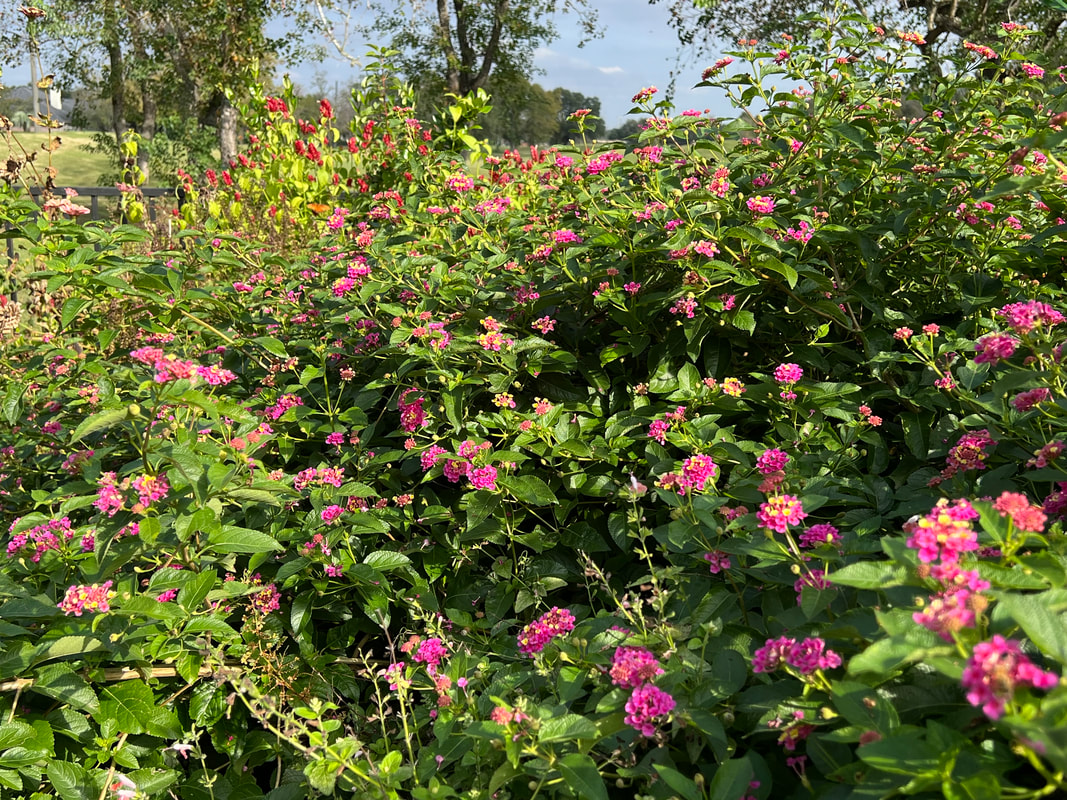
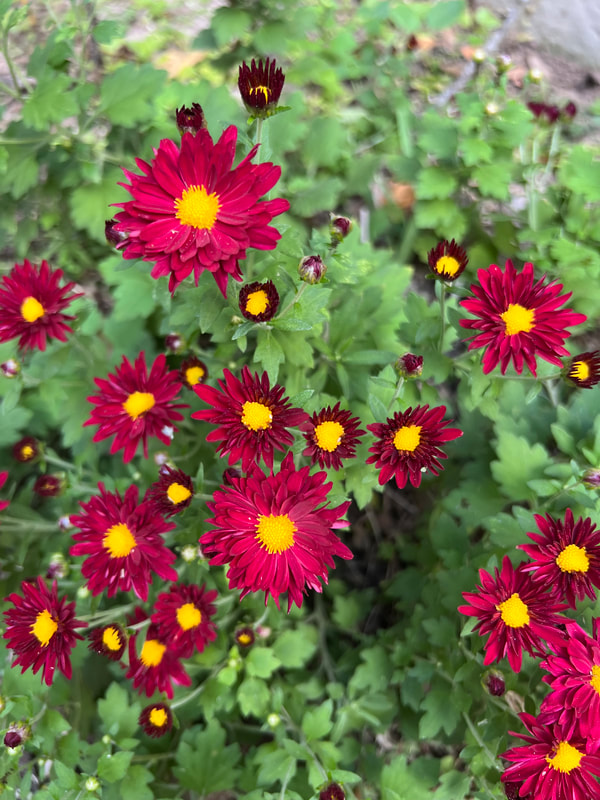
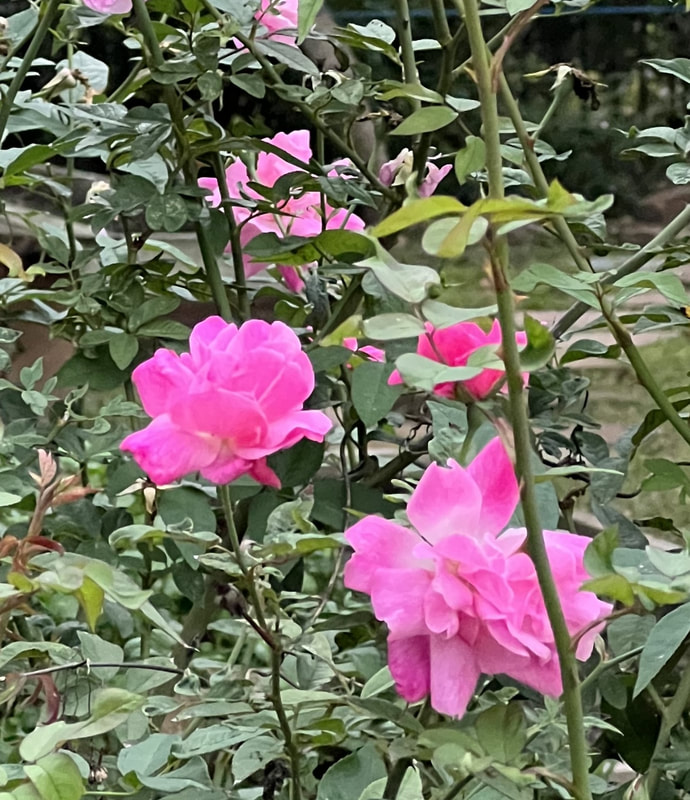

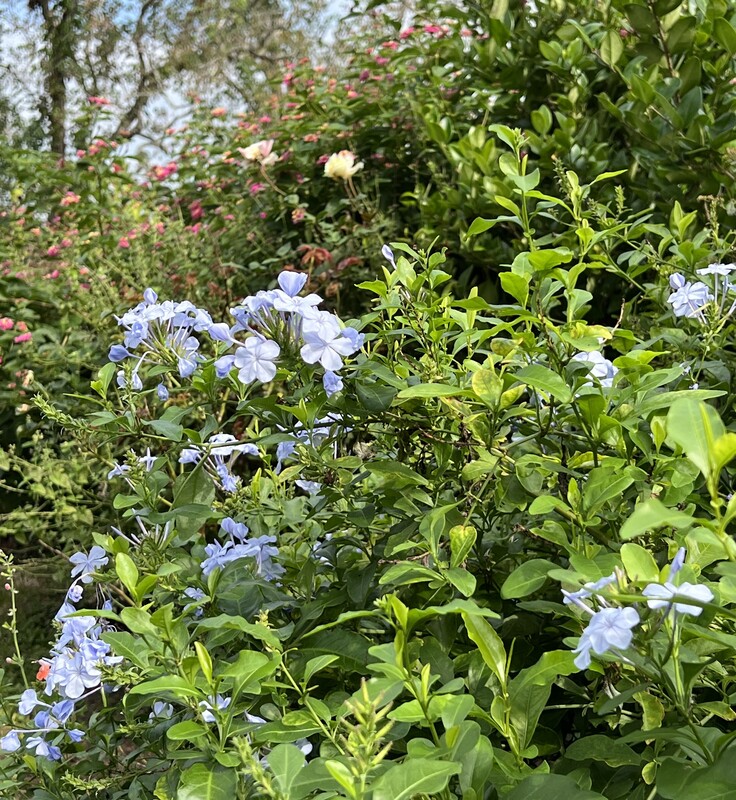
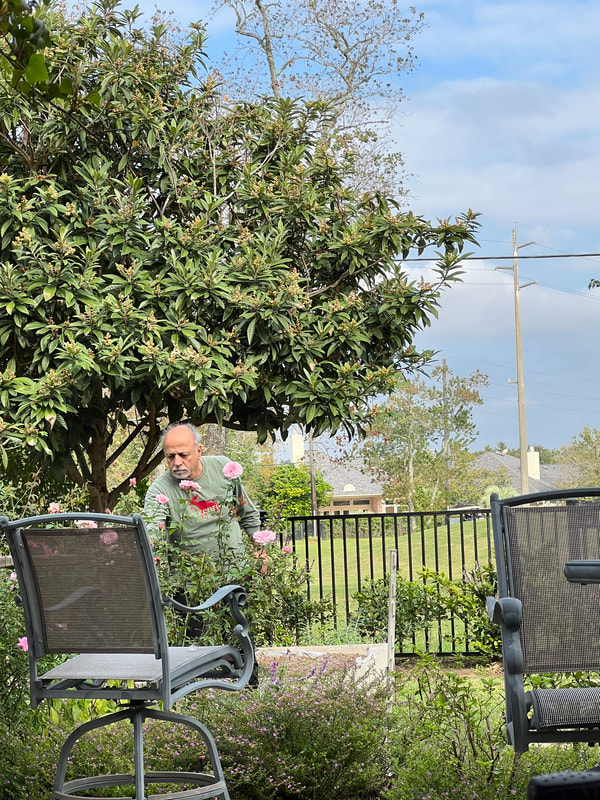
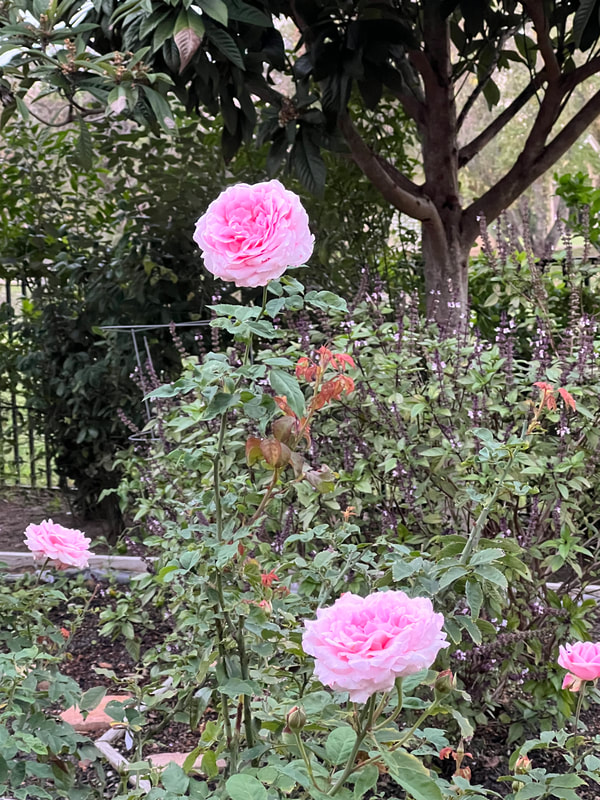
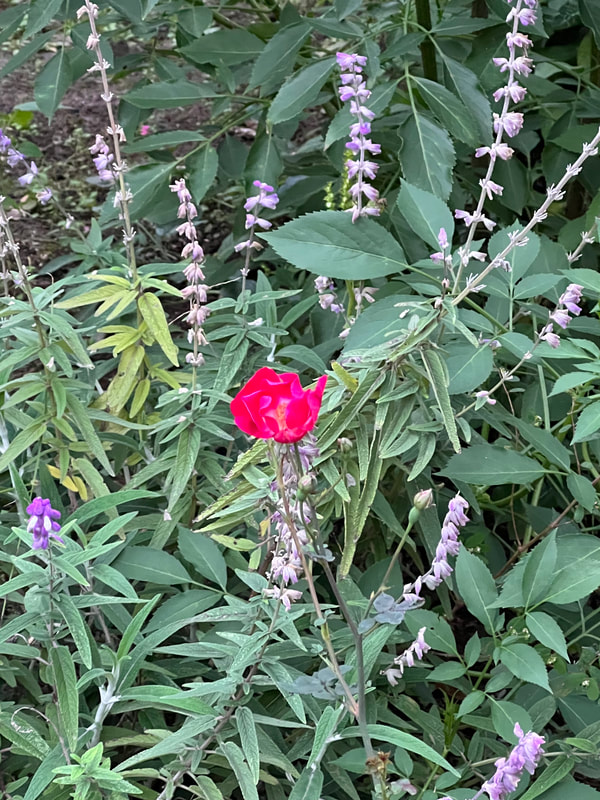
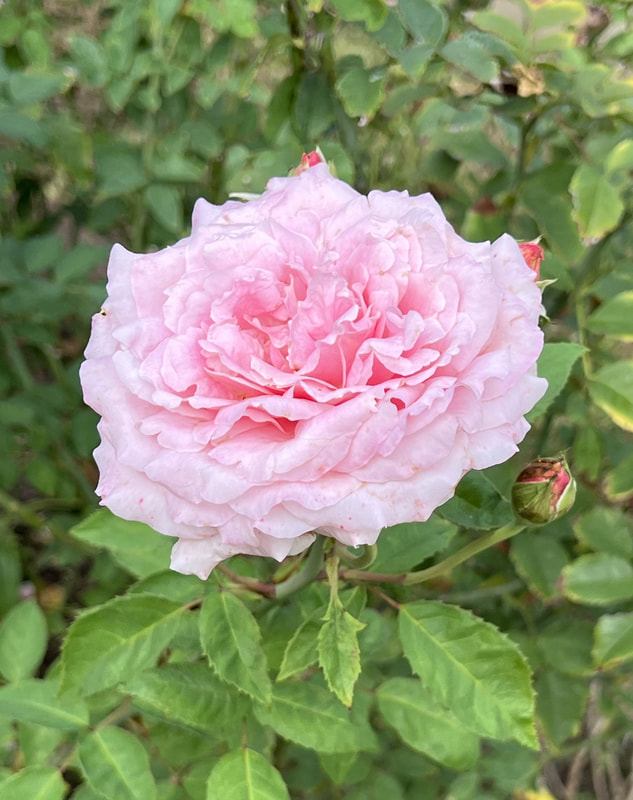
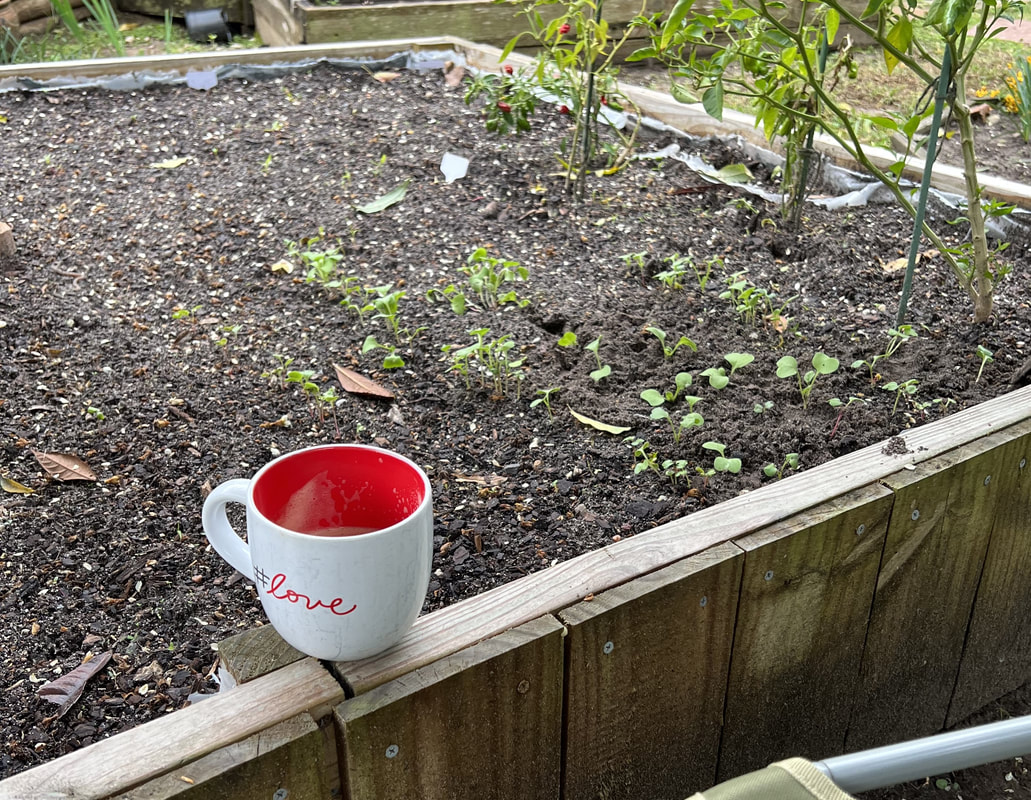
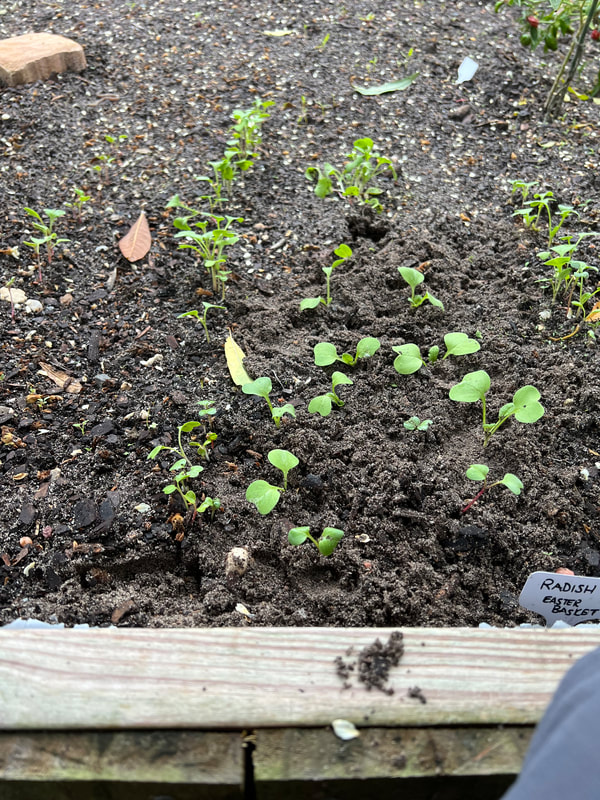

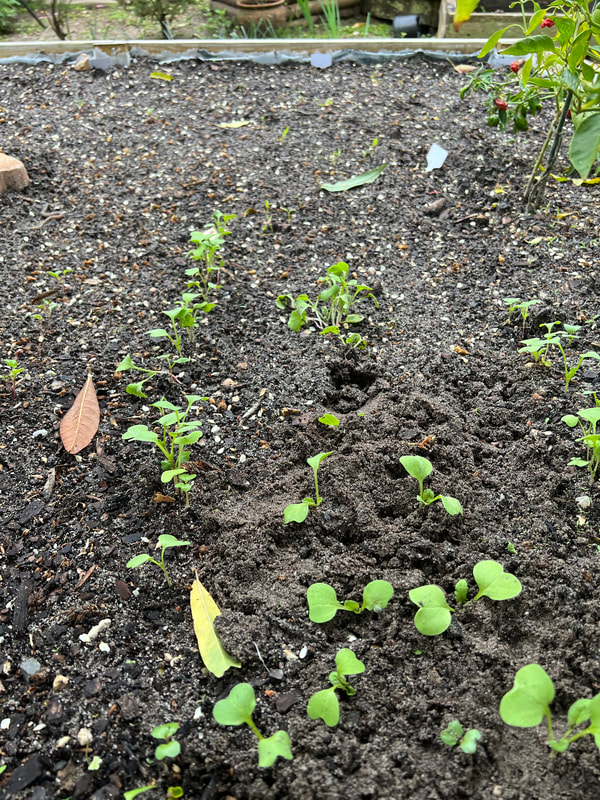
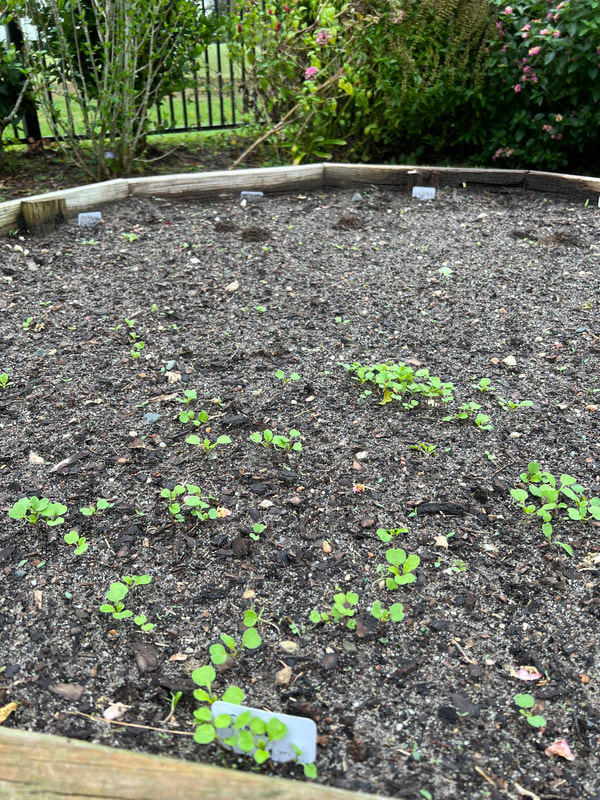
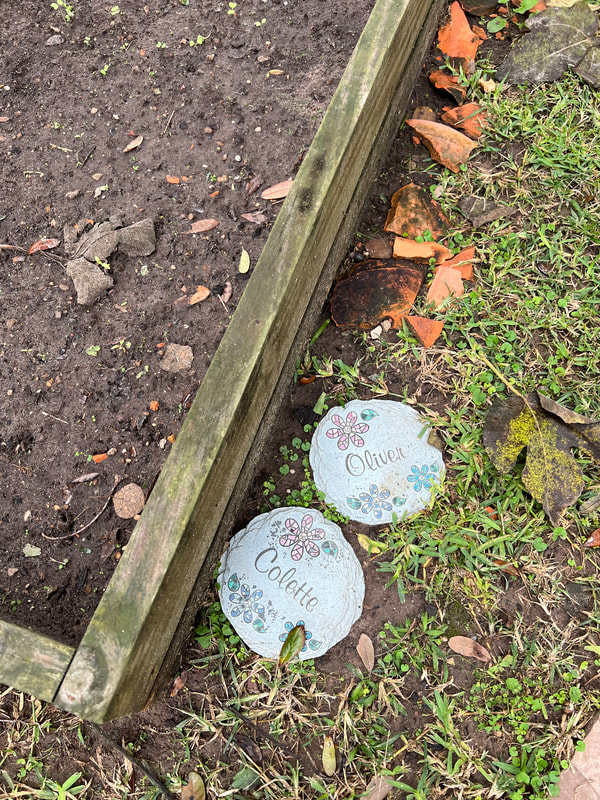
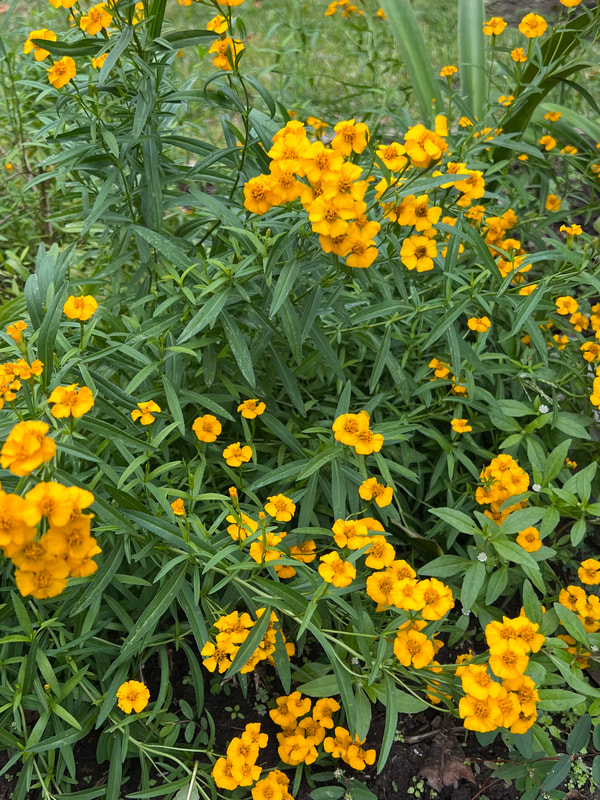
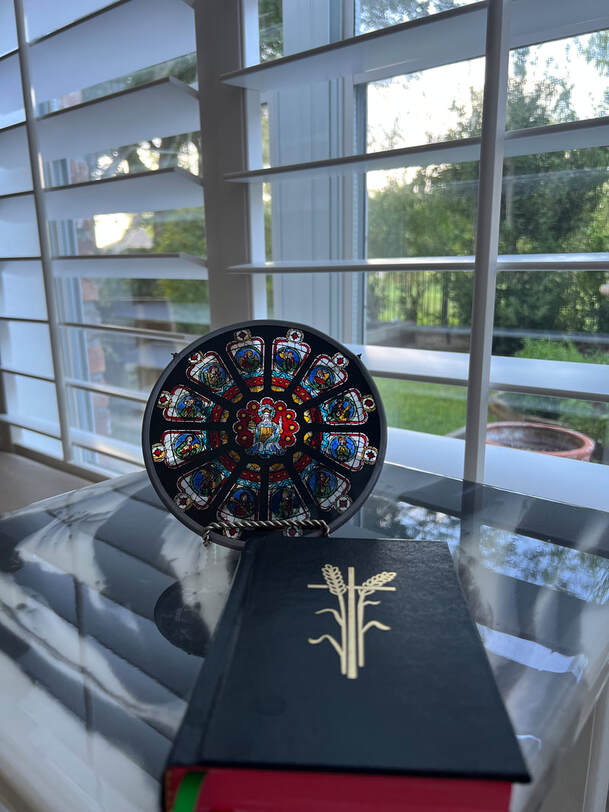
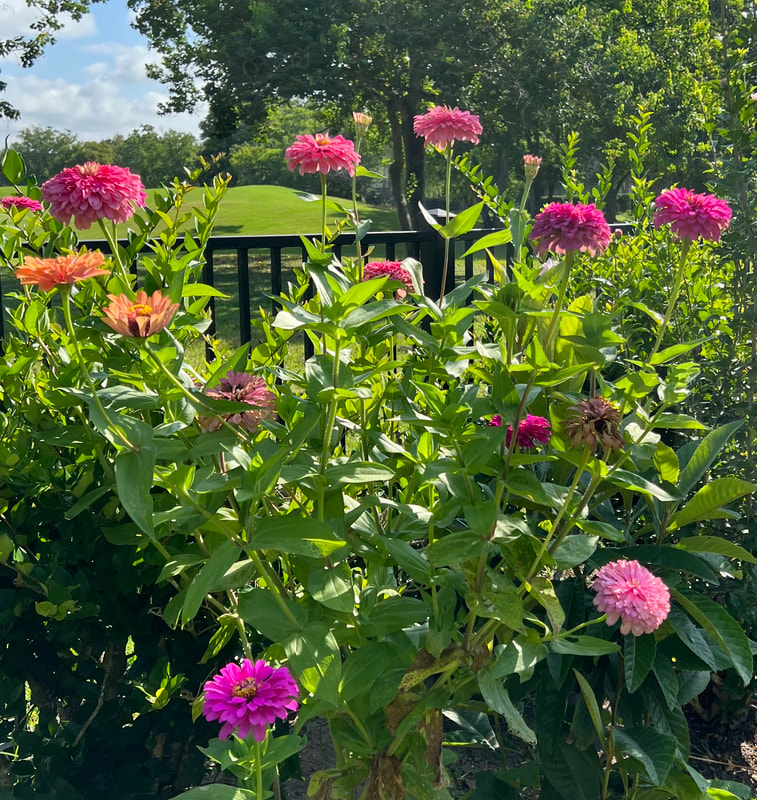
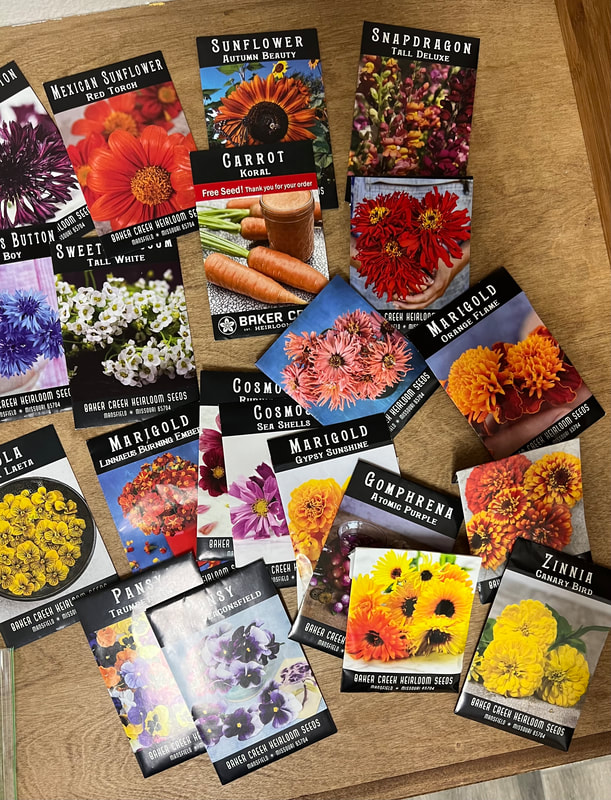
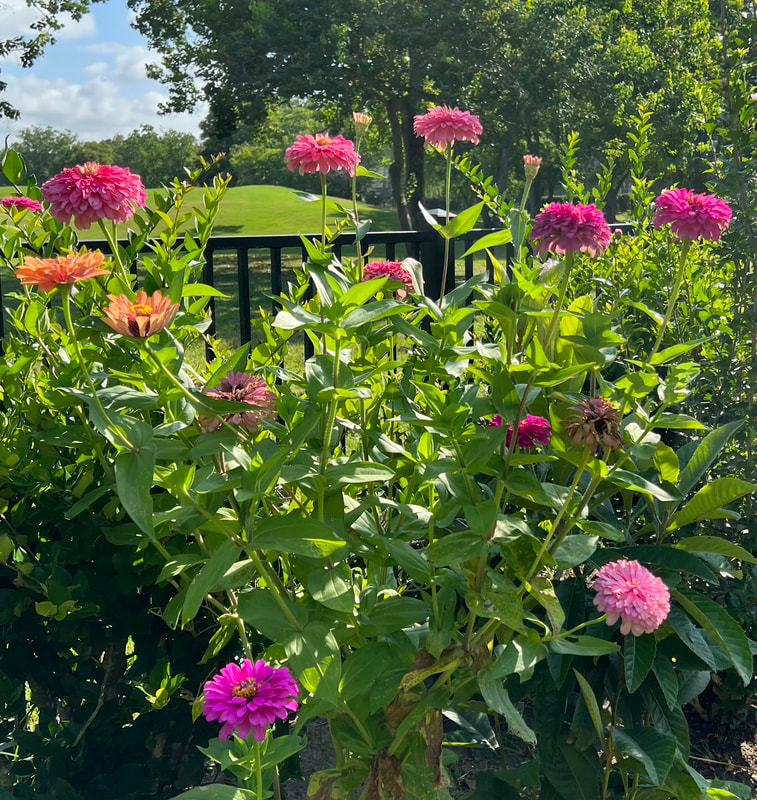
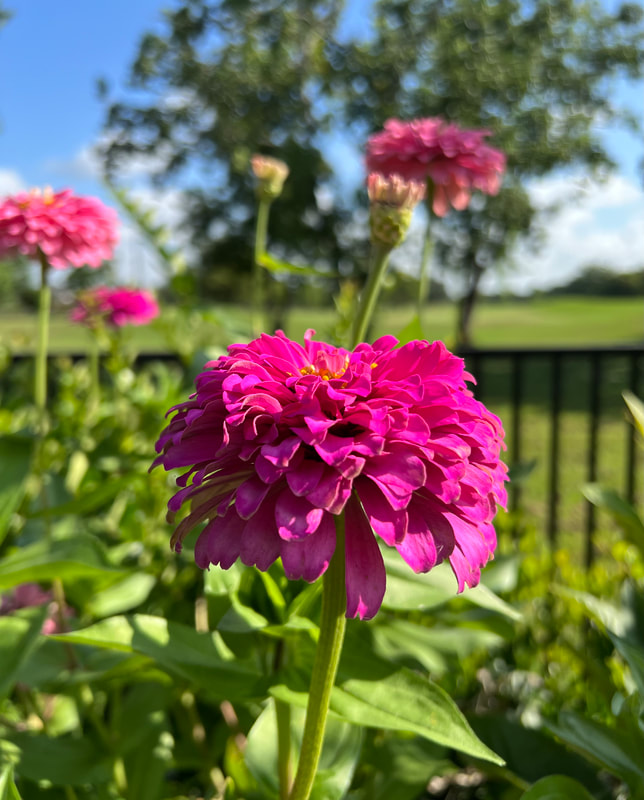
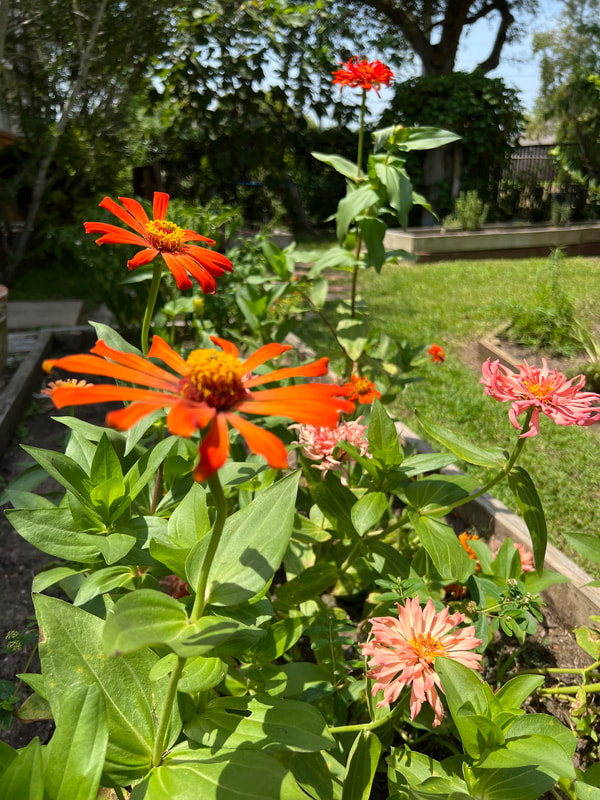
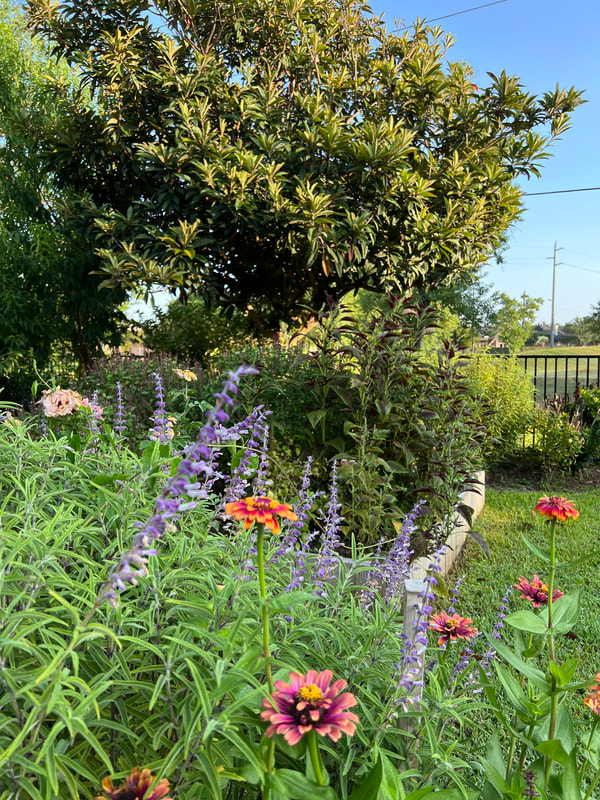
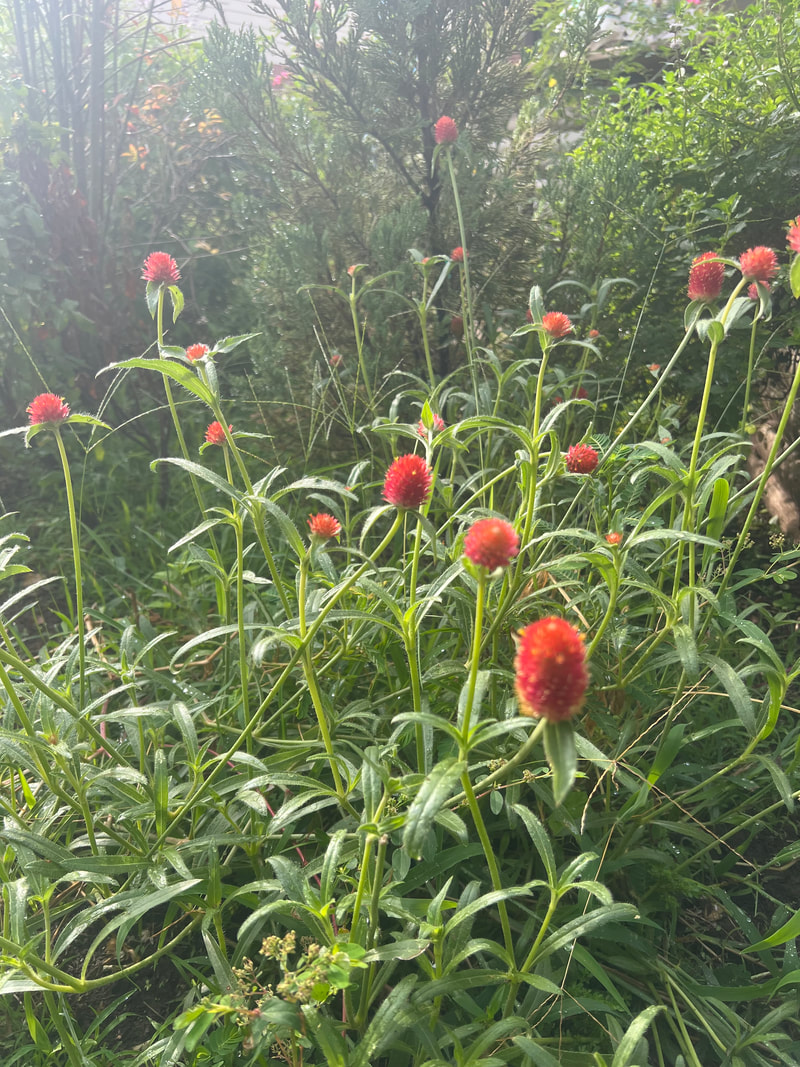
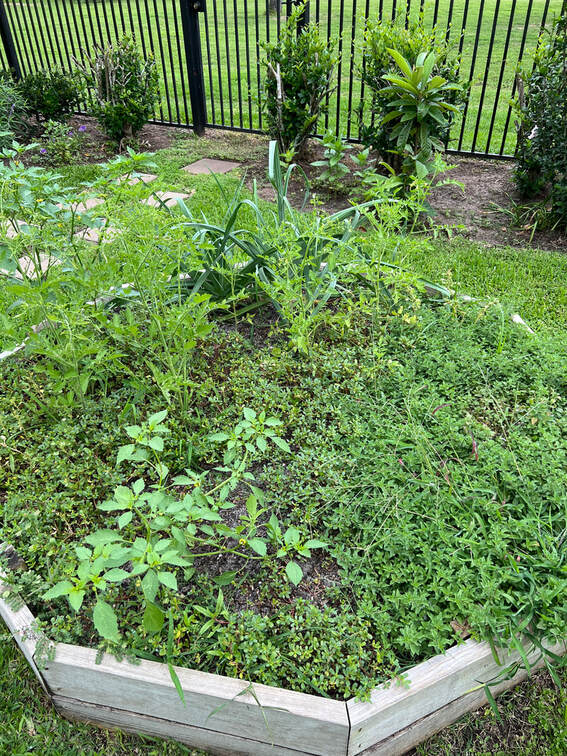
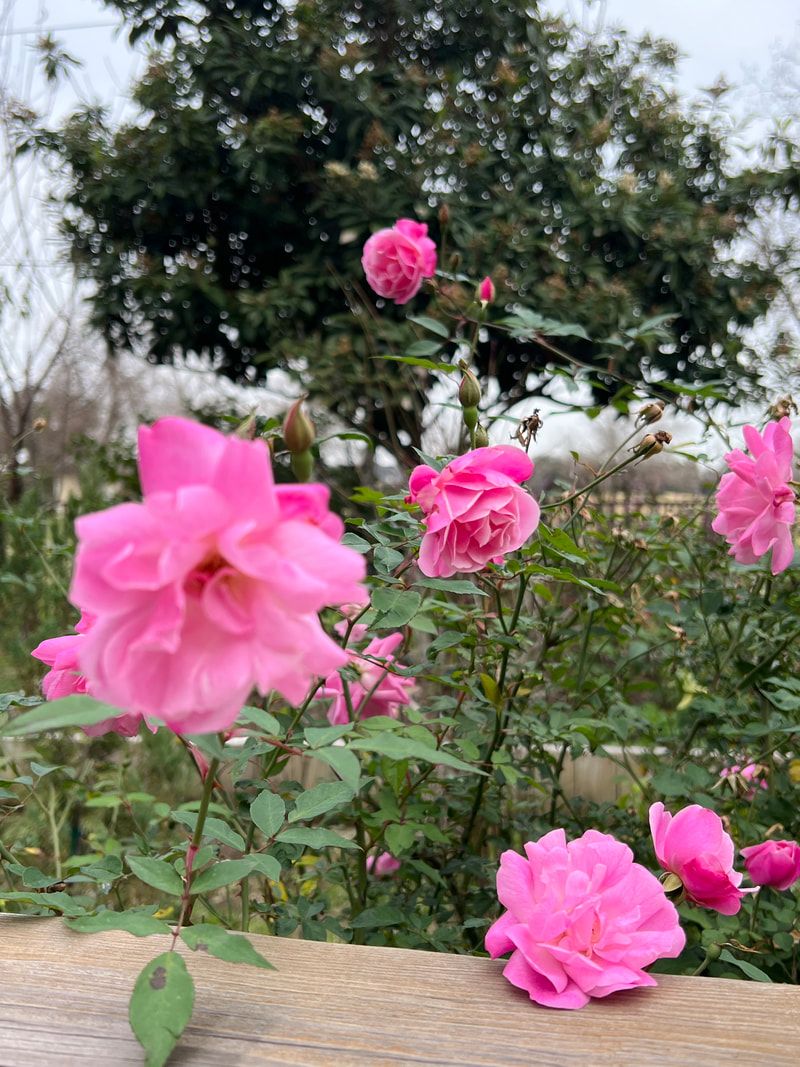
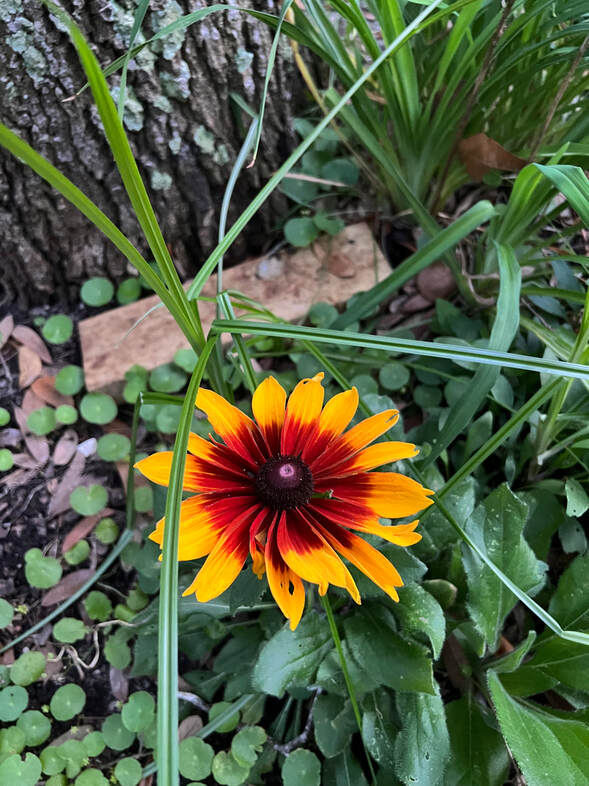
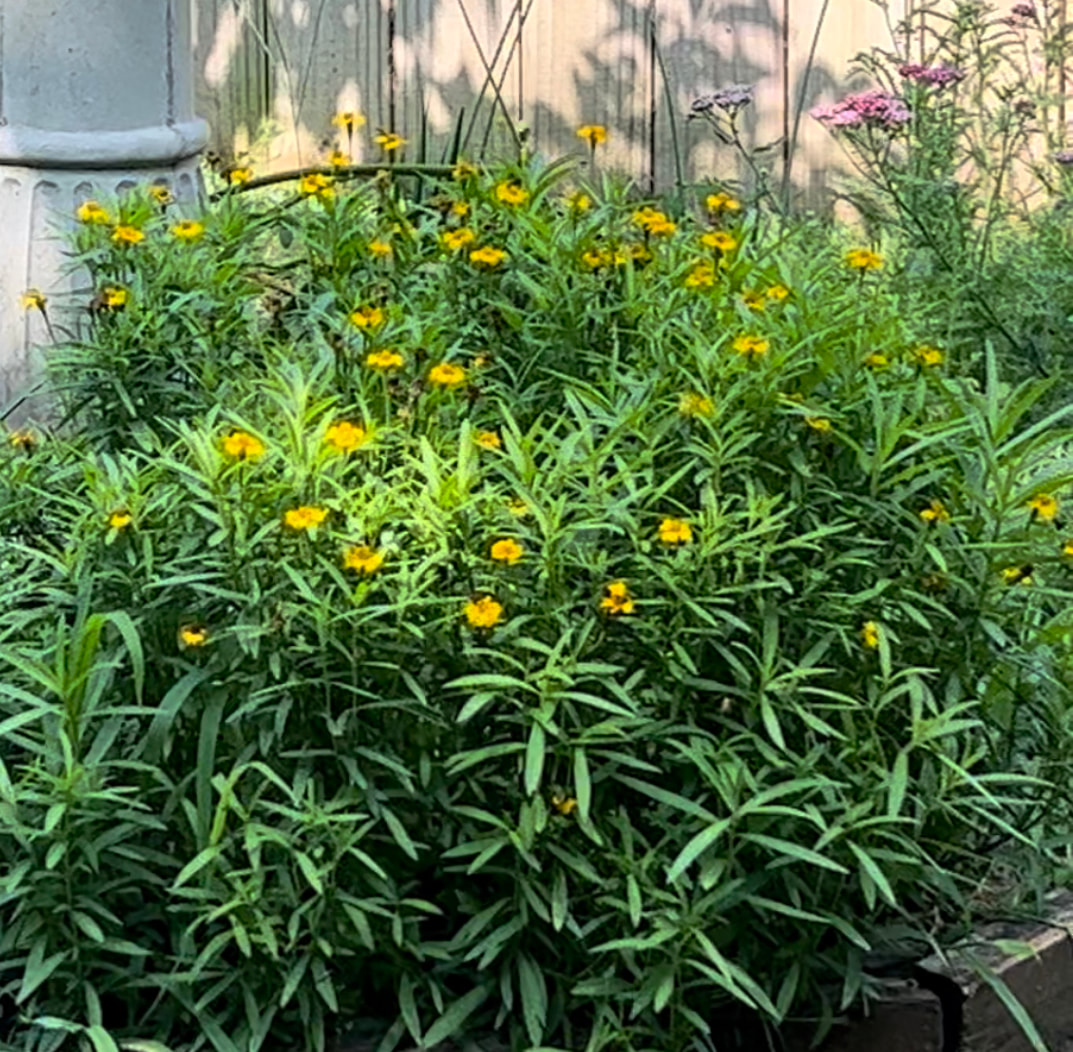
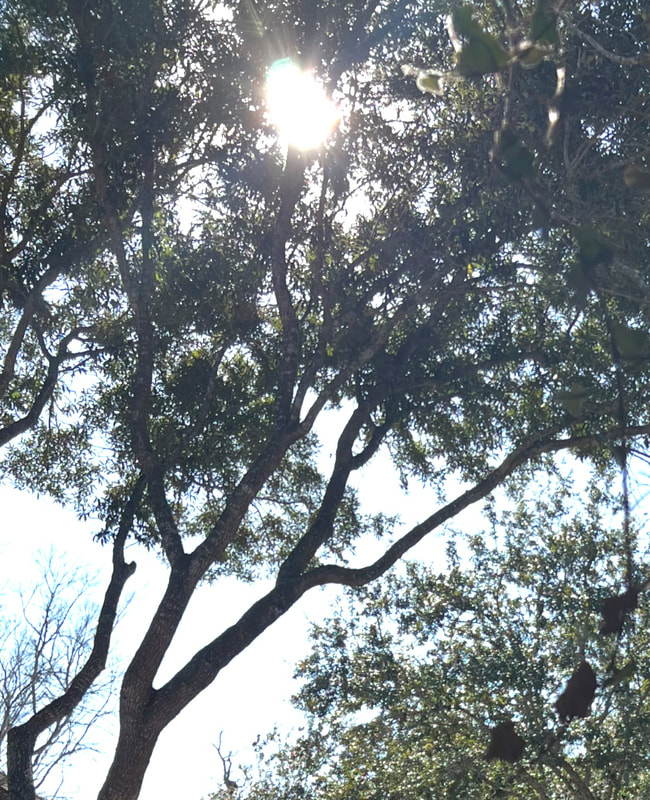
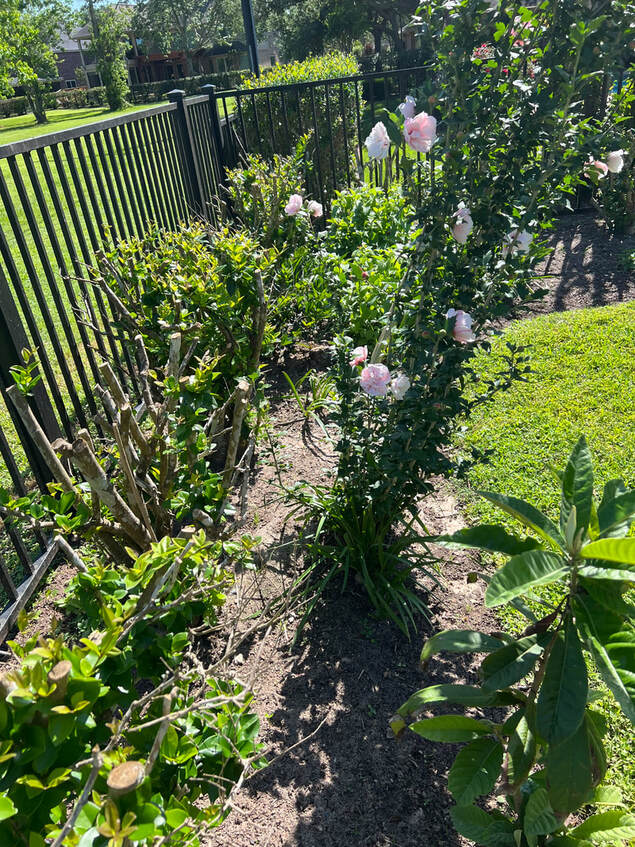
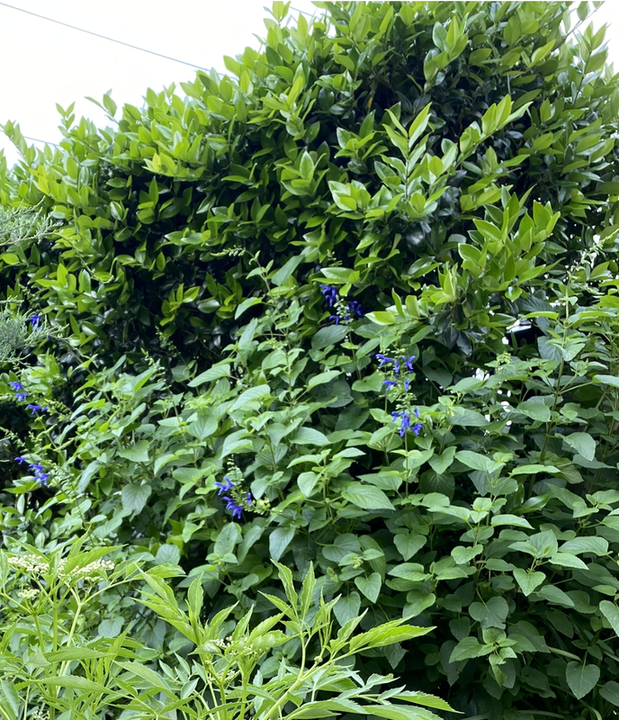
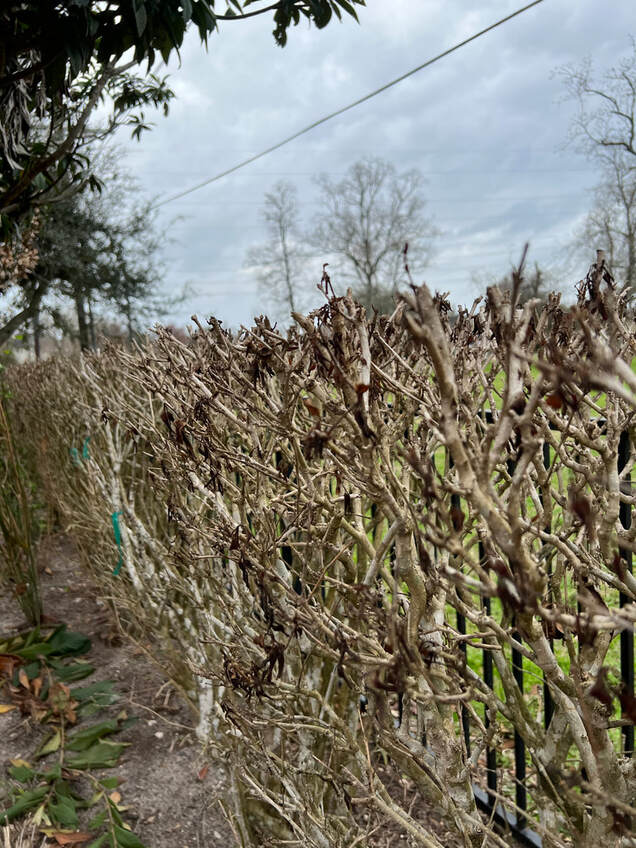
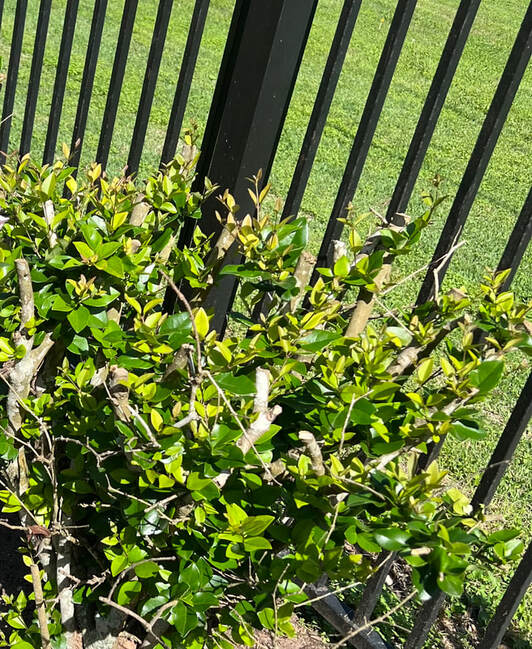
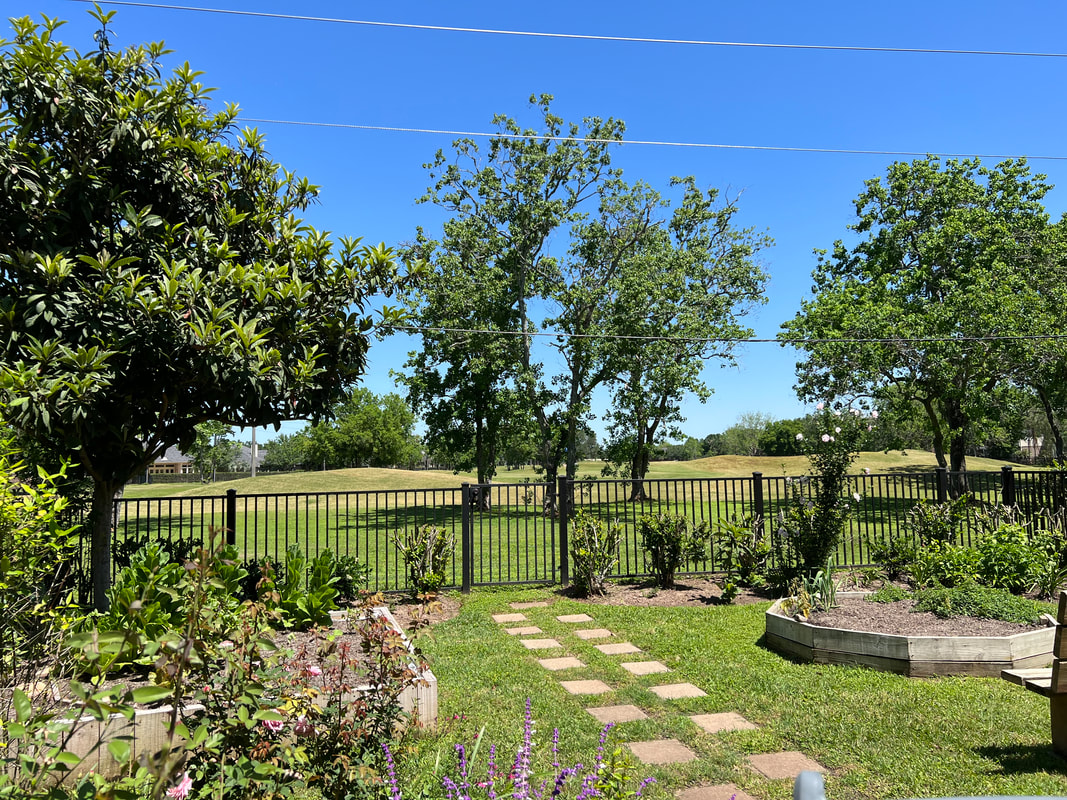
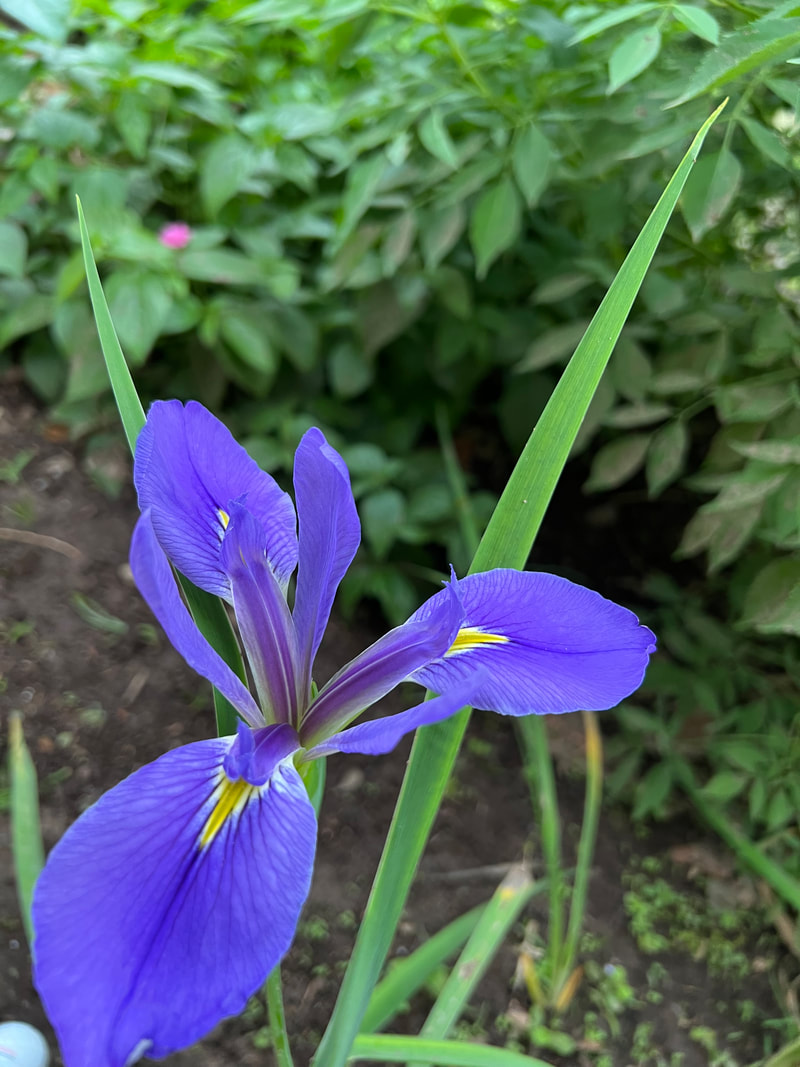
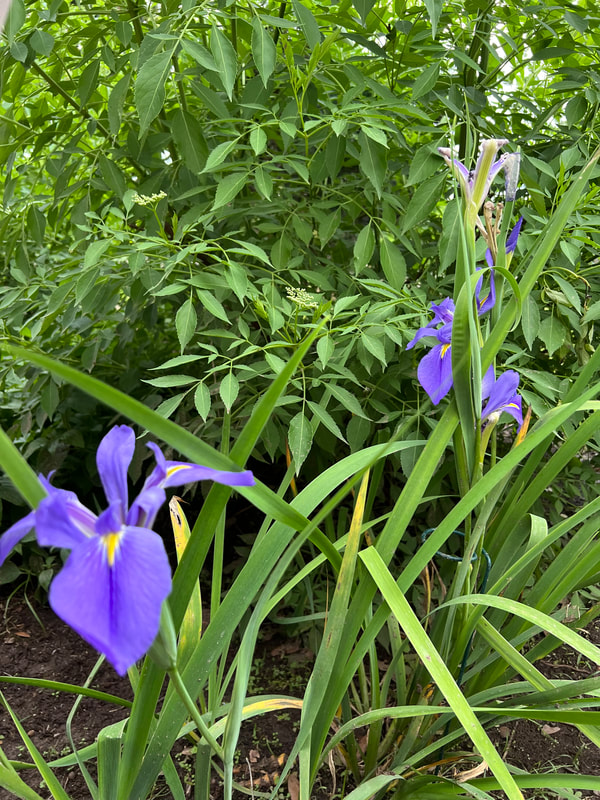
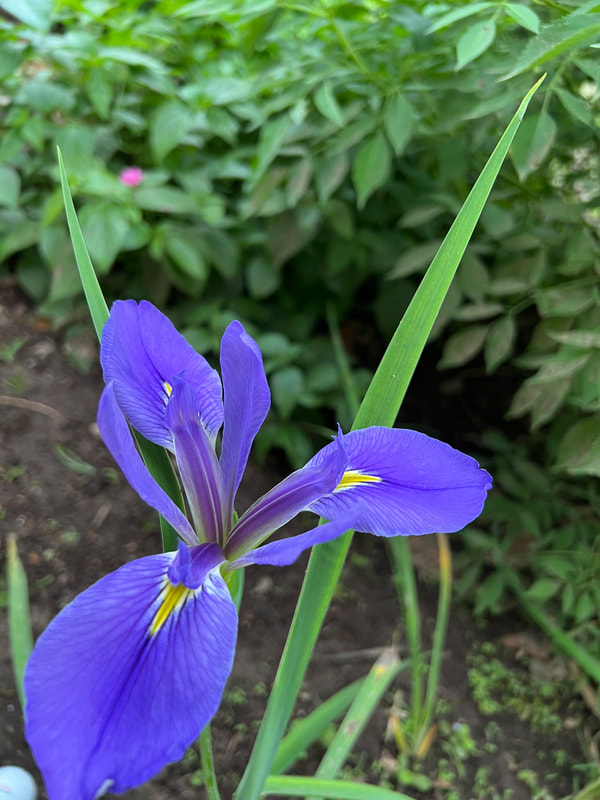
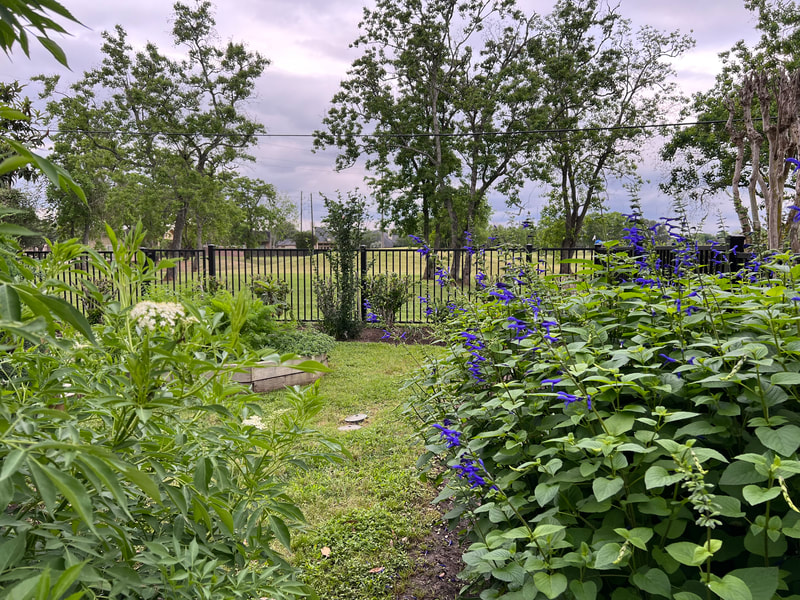
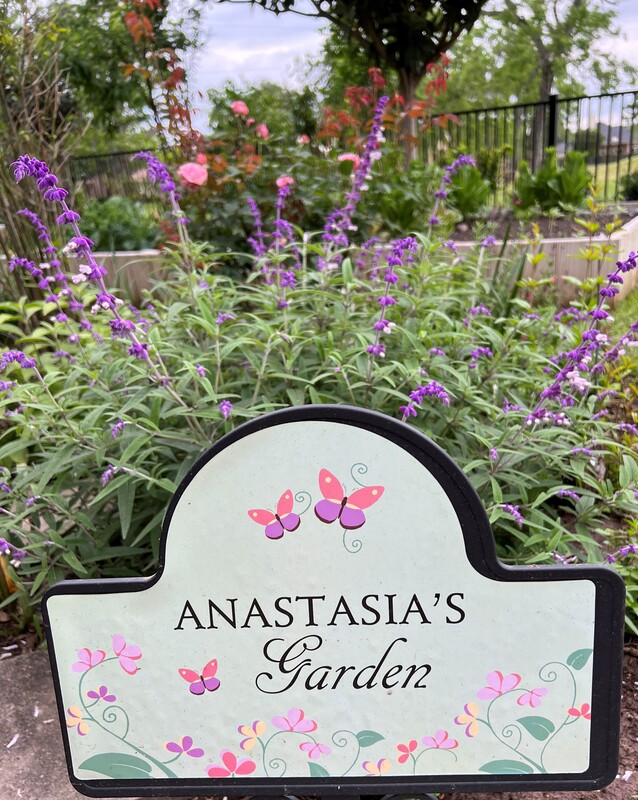
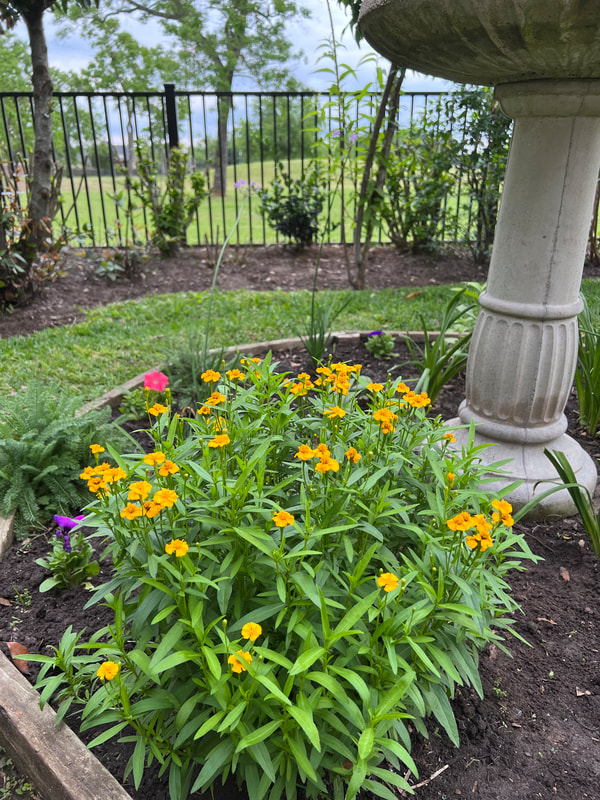
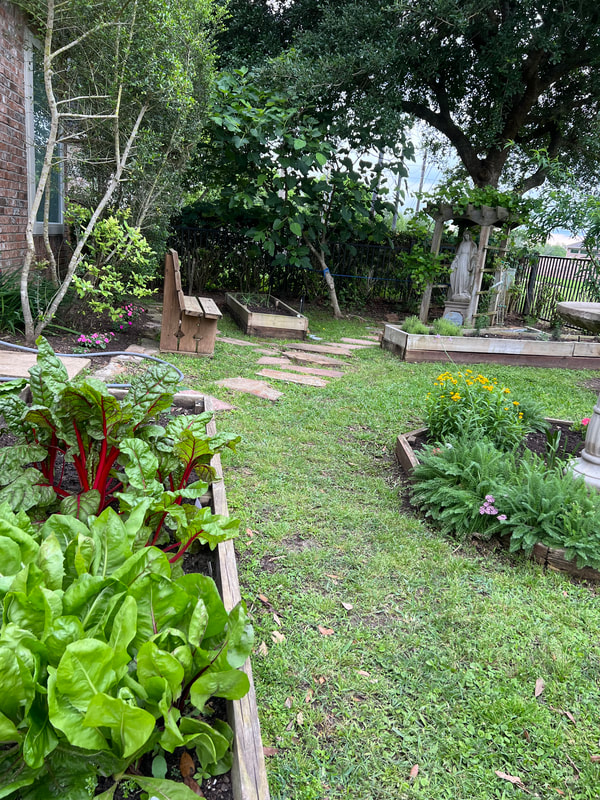
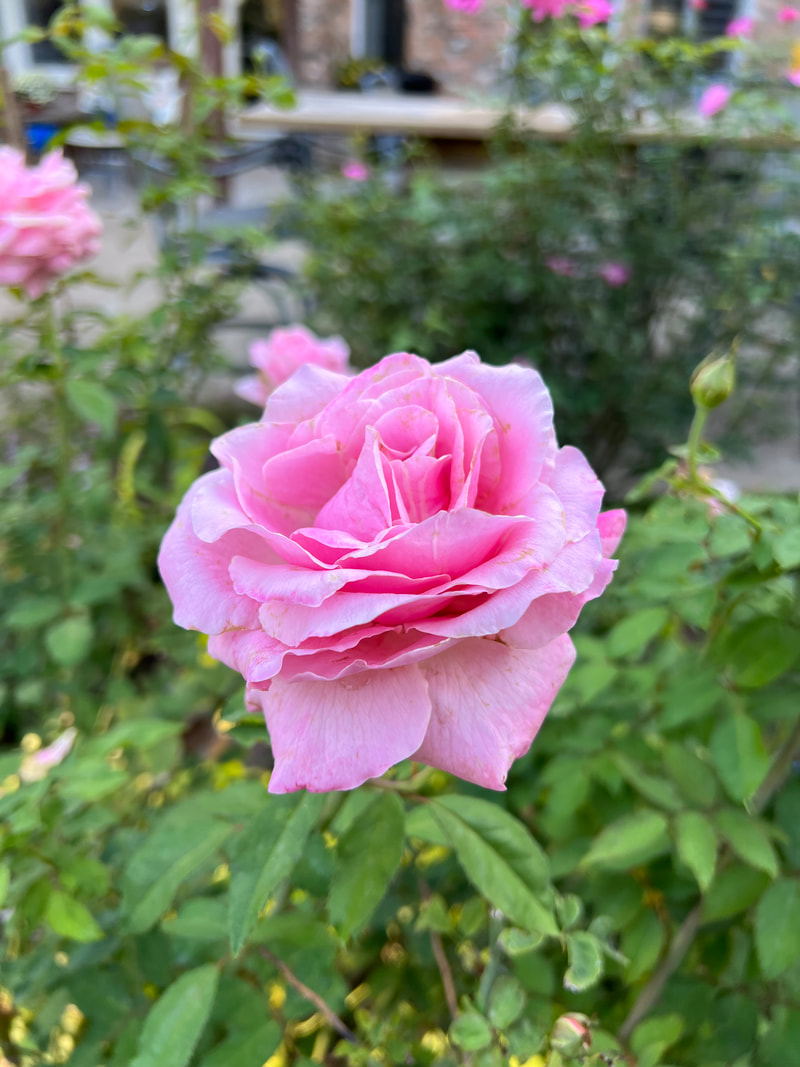
 RSS Feed
RSS Feed